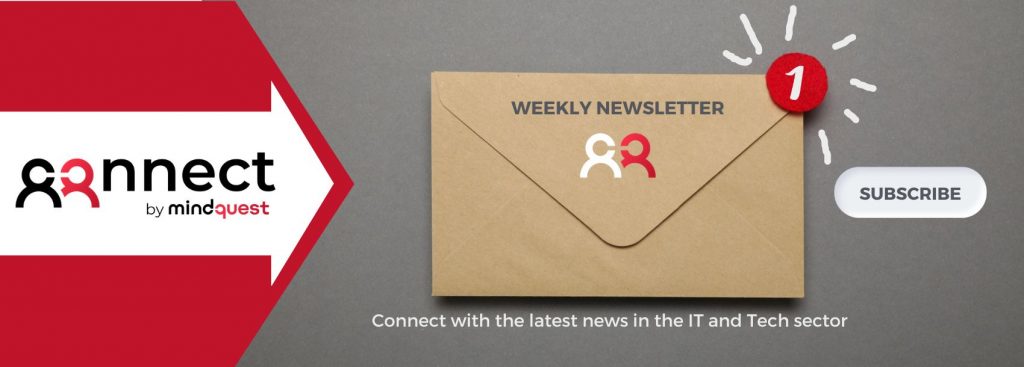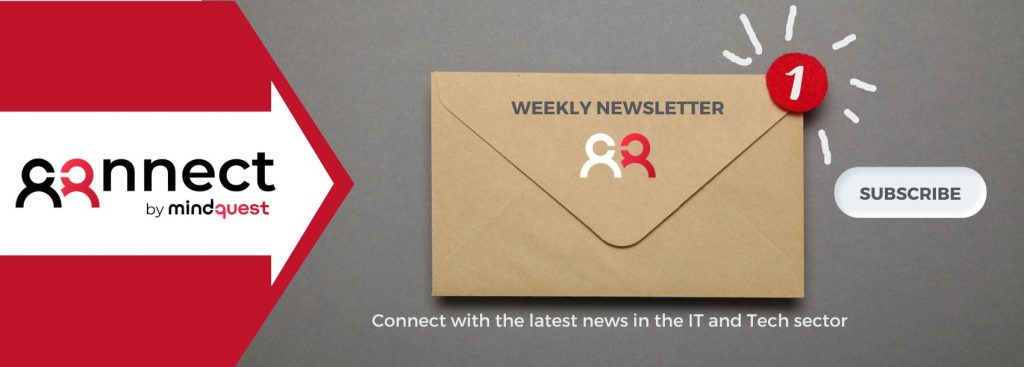John Lunn, also known as Jonnychipz, is a Welsh Azure MVP and MCT working as a technical architect at BT Enterprise. An organiser of the Welsh Azure User Group and an avid vlogger, John discusses the benefits of being an active member of the Azure community and how he learned Azure IoT.
Interested in cloud careers? Learn more about How to Become an Azure MVP.
What made you go into Microsoft Technologies and cloud architecture?
think when you go into business you predominantly work with Microsoft Technologies, more often than not. I kind of cut my teeth in IT on that side of the fence, which was very much Microsoft focused. So, I guess that, when I took that additional career step into the world of consultancy and kind of specialized in a particular area; in my case it was unified comms when I first started in that world; Microsoft was a natural steppingstone.
I’ve dealt with it for a number of years now. I knew my way around it. I was comfortable with it. So developing those softer skills like peaking to customers and other clients and helping other people understand the technology, or yeah, or being parachuted into a completely burning disaster of a problem. You soon learn the technologies at quite a deep level. You learn quite quickly what you can and can’t do.
So, yeah. I suppose I kind of edged myself gently into the world of consultancy and architecture. Now I find myself as a technical architect working on predominantly Azure and Microsoft focused solutions for customers. It’s been quite a long career and I’ve delved into a number of different areas. But I wouldn’t change it for the world. I’ve learned so much throughout that time.
Cloud careers are evolving very rapidly. What’s your approach to keeping up with emerging trends?
As an individual, I’m constantly thinking: where are we going with technology? What’s next? Not just for my own interests and keep the passion and the interest in my career. But also: where can I add the most value? The company that I work for — how can I help them see and visualise those innovative ideas, projects and solutions?
For a number of years, I’ve been speaking internally with my management team, talking about where we’re going as an industry, and, clearly, for some time now, it’s been around IoT, edge data, machine learning, AI… All of those kinds of technologies that are going to drive innovative solution design.
So, I’ve been on a personal quest. I’ve dabbled in areas over the years. I’ve done bits and pieces and I keep telling people I know enough to be dangerous. That’s my stock answer. I know enough to dig in and make a little bit of noise. But I take it at my own personal development journey to try and dig into that in a bit more detail. IoT was one of those areas that I jumped into.
Join our community and find your next job in IT
Why Azure IoT in particular? How did you go about diving into the area?
I guess I wanted to understand right the way from that physical thing. That physical device and object, the microcontroller that is inside that device, to the LEDs and resistors and buttons. How do those things get made and then what is the code that sits on that microprocessor? How do I develop that code to then enable me to take that sensor information?
Maybe there’s, you know, some optical, temperature or humidity sensor. The common things that you find in IoT projects. How do I take that, read it with some code and send that up to this thing called the cloud? And then what do I do with that?
So, I took it upon myself to try and look at some pet projects to build this, to start looking at microcontrollers, put them in, etc. I literally got myself a 3D printer and started printing off all these random designs I made myself.
There’s the engineering mentality if you’re really starting off at the maker side of things. So, I went on this journey of learning all of these kinds of disciplines. It’s really about understanding all of these little components that go into what makes an IoT solution. And I’m really trying to understand how you join the dots between these various features and components within Azure to make those solutions.
And it’s been, more of a labour of love than anything for work. I’ve met some fantastic people out in the community that have helped me understand things, that I’ve learned from, that I’ve taken ideas from.
And going down on that journey, you learn so much about those areas of Azure that maybe you’re not using on a frequent basis. You know, you start with this high-level view of the world. I try and dig down deep as much as I can in as many different areas so that hopefully I get a little bit more of a clearer picture as to how and why you can use these things.
Do you think a hands-on approach to learning new technologies is better than a theoretical or certifications-based one?
I mean everybody is different. I think for me hands-on works well. Certification is a great way to go, especially if it’s something relatively new and unknown.
So, for example, the AZ 220 exam is the Azure IoT developer speciality exam from Microsoft. And that’s what I was going for at the time.
There are certain ways people can study for exams as Azure IoT exam AZ 220. It’s very much theory-based where you read the Microsoft docs and understand things. And you know, if you do enough Microsoft exams, you can kind of work out which questions they are going to ask you. You get to learn in an almost parrot-like fashion the areas that particular exam is going to cover. And that’s great, there have been exams where I’ve kind of just done in that way. You go in and you’ve learned something over a crammed week or two.
But the problem is that, later down the road, if you’ve not actually done anything physical or hands-on or done it yourself, I found that I forgot it.
For the Azure IoT exam, I took it relatively slowly because I wanted to absorb it and be part of it for a while. Basically, because it was so much fun. I was just having so much fun doing this tinkering and making and, like I say, it hasn’t stopped.
So yeah, I think certification; as Azure IoT exam; is definitely a great way of identifying the areas that you need to learn. But how you learn those is up to you. Everybody’s got their own style and, for me, slow and steady and hands-on sinks in more and I’m able to retain that information for longer and apply it to other things.

You are an active member of the online Azure community. You go by the nickname of Jonnychipz, and you blog and host a weekly vlog covering Azure-related news and topics. How did you become such an active part of the community? What were the beginnings like?
I had always been on the periphery, the edges of the community. And I guess I never really understood what community meant. Over the years, I’ve been fortunate enough to go to some great Microsoft events globally, and I’ve met some brilliant people. But I had never really been actively involved in the community.
But then COVID hit, and we were all locked up in our houses. I got the time to actually focus and build myself a little bit of an office space. Before, I was always out on the road, driving up and down motorways in the UK or running the kids around.
So, as we all had this additional time, I thought, OK, this is an opportunity for me to try and focus on public learning and the community a bit more. In hindsight, I didn’t really know what I was doing when I first started. I set a blog up and it was jonnychips.com, you know? And I started putting out some blogs. I started doing the 100 days of cloud, just trying to show my public learnings and hopefully give a bit back.
What does your new role in the community bring into your life? What have been the best moments so far?
Well, it sounds a bit cliched, but there have been so many different situations that were super fun and where I thought I would have never been I had not turned to the community. Things like joining and setting up and helping organise a user group – part of what I do is helping organise the Welsh Azure User Group, and we run that as a monthly virtual session.
We’ve had so many fun moments over that, just from the guys and gals that help organise the weekly or biweekly calls that we have, through to the events themselves and just the fun engagement from other people in the community. There’s been so many comedy moments and just good general laughs over things.
IoT has been one of the standout things for me. The people I’ve met in in the world of IoT, from members of the community through to the advocacy team at Microsoft themselves, I’ve managed to speak to one or two of those over the last few months. They’re all super people. Really clever, intelligent, passionate people just putting stuff out.
You forge these new friendships without you realising it. You’re virtually speaking to people across Twitter and you’re having that banter, you jump on a live Twitch stream and have a little bit of fun.
So, it’s probably safe to say that there’s not really been one best moment so far. I think the best is yet to come. I’m really looking forward to getting back to the face-to-face meetups, getting back out there to two events where I get to meet some of these great people and hopefully have a coffee or a beer and a bit of lunch or something with them. I see that being a super fun time.
Check out more of our interviews from our podcast episodes.
For more cloud careers, Azure and Azure IoT tips, make sure to follow John on Twitter, LinkedIn and YouTube or through Jonnychipz.com.



